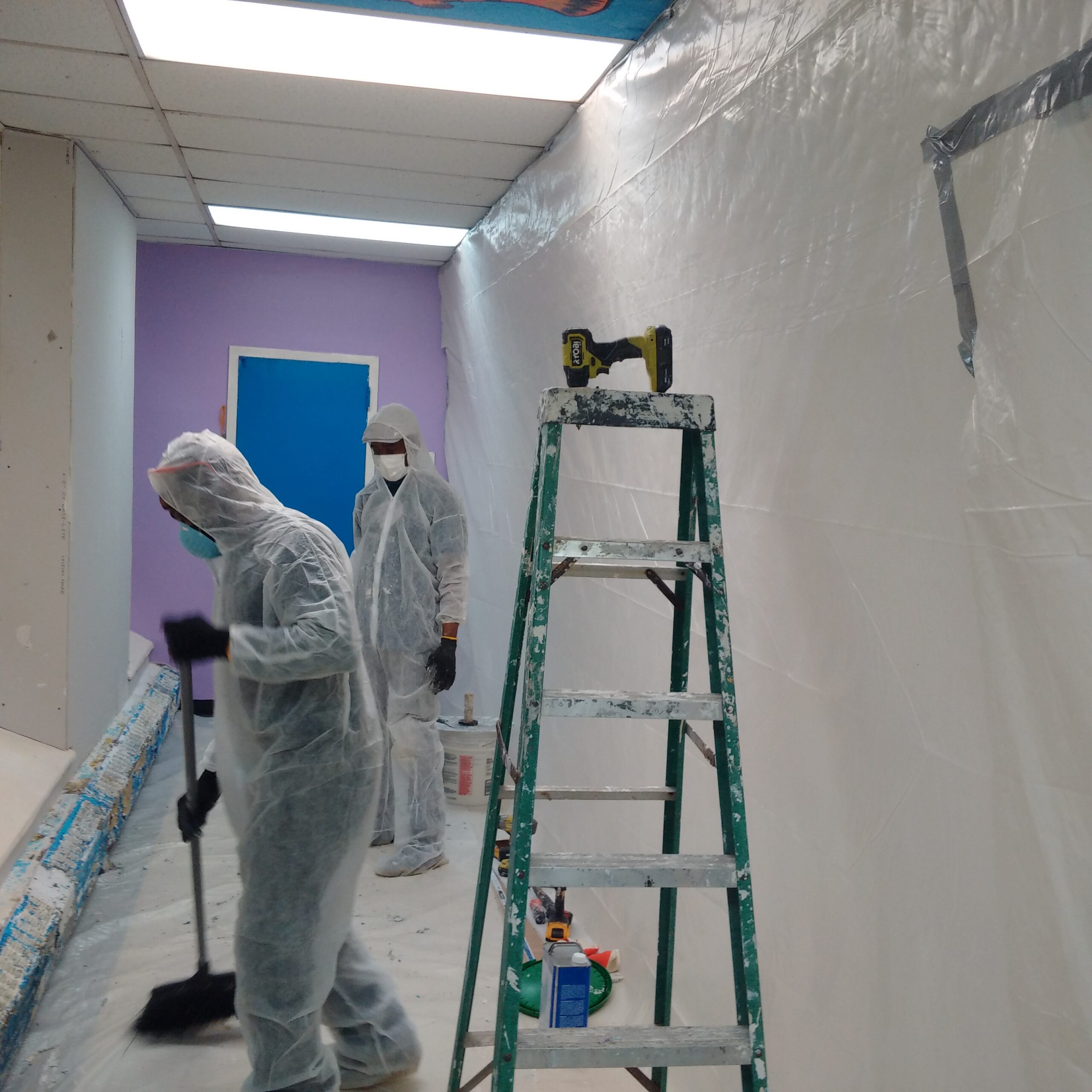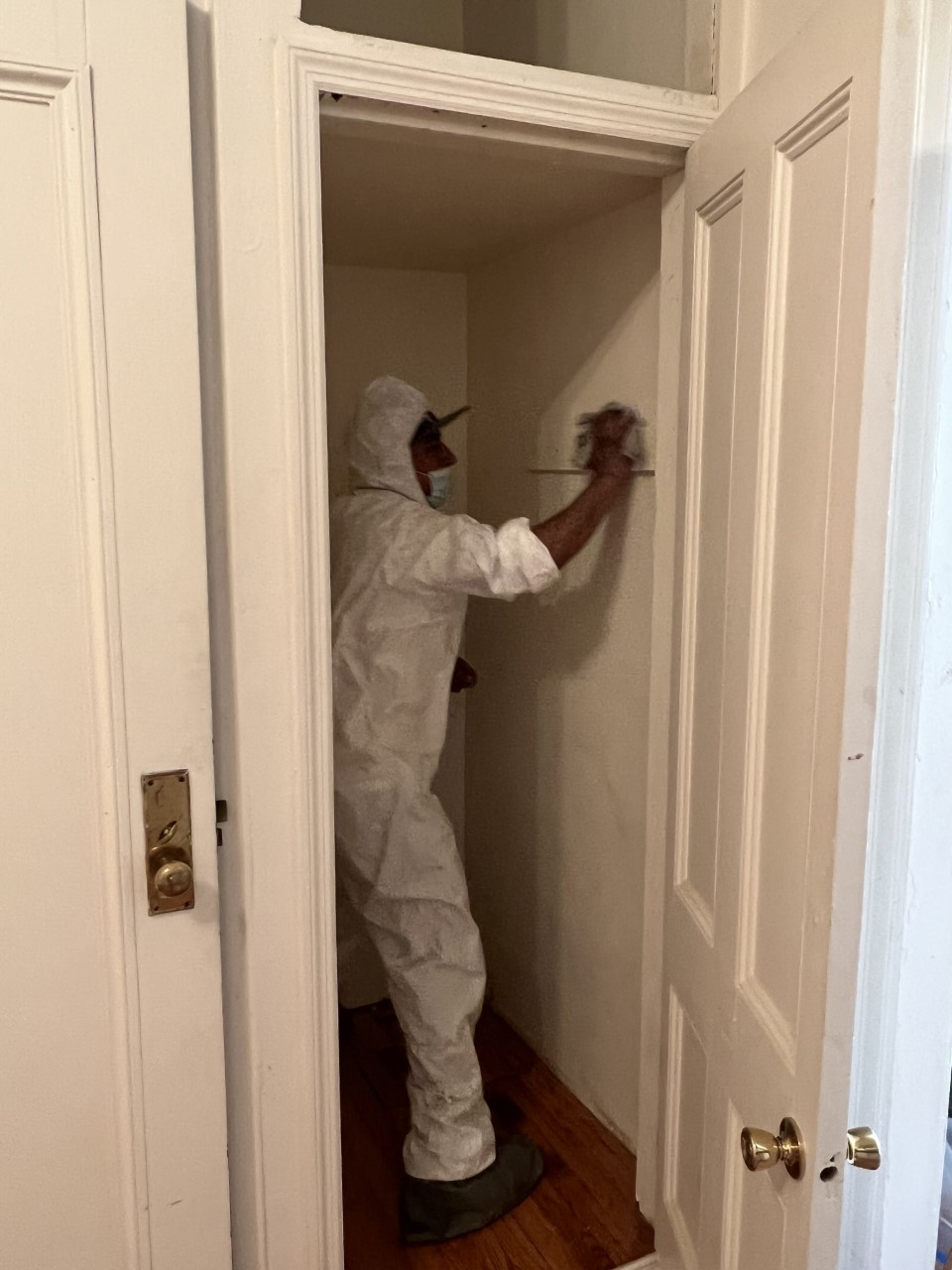DOH & HPD Lead Violation Removal NYC-- Professional Providers for Conformity
DOH & HPD Lead Violation Removal NYC-- Professional Providers for Conformity
Blog Article
Best Practices for Guaranteeing Safe and Extensive Lead Violation Reduction
Dealing with lead offense abatement requires a multi-faceted technique to guarantee both safety and security and conformity. It's the final clearance process, involving complete examinations and laboratory testing, that genuinely confirms a lead-free environment, making sure long-term safety. Exactly how do these techniques interconnect to guarantee extensive lead reduction?

Preliminary Analysis
Conducting a first analysis is a crucial very first step in lead infraction reduction. This phase incorporates an in-depth examination of the home to determine the existence, level, and specific locations of lead-based hazards. Certified specialists, such as licensed lead inspectors or run the risk of assessors, need to carry out a comprehensive site examination, making use of tools like X-ray fluorescence (XRF) analyzers to precisely discover and gauge lead concentrations in paint, dirt, soil, and water.
The assessment needs to likewise consist of an evaluation of the building's background, previous records, and any kind of problems or health and wellness problems reported by residents - Lead Removal Contractors. Recording the searchings for thoroughly is vital, as these records create the basis for creating an efficient reduction strategy. A complete assessment also involves tasting and laboratory evaluation, which are vital to validate the existence of lead and guide succeeding activities
Additionally, it is crucial to communicate the outcomes transparently to all stakeholders, including residential or commercial property proprietors, occupants, and regulative authorities. By ensuring that the preliminary assessment is conducted with precision and roughness, experts can lay a solid structure for a targeted and effective lead abatement procedure, ultimately protecting public health and ensuring conformity with governing standards.
Correct Containment
Correct control is essential to avoid the spread of lead pollutants throughout abatement tasks. Properly managing control minimizes the risk of lead dust and debris migrating to non-work areas, consequently protecting both the environment and individuals outside the instant job area.

Routine examinations of the control location are essential to inspect for breaches or weak points in the obstacle. Any type of determined issues need to be promptly resolved to maintain the honesty of the control. By sticking to these methods, abatement projects can effectively regulate lead contamination and minimize connected health and wellness risks.
Employee Defense
Making sure worker defense is vital during lead abatement tasks to stop work direct exposure to hazardous lead fragments. Necessary actions include using individual protective tools (PPE) such as respirators, gloves, and full-body suits particularly developed to obstruct lead dirt and fumes. Employees need to undergo thorough training on the appropriate use and maintenance of PPE, consisting of healthy testing for respirators to make sure maximum effectiveness.
Design controls, such as regional exhaust ventilation systems, are important in minimizing airborne lead focus in the work setting. Administrative controls need to also be applied, including limiting the period of direct exposure and turning employees to minimize individual exposure times. Normal medical security and organic monitoring are vital for early discovery of lead absorption, making it possible for prompt treatment and therapy.
Furthermore, establishing a decontamination protocol is important. Employees have to follow strict purification procedures before breaks and at the end of their shift to protect against lead dust from being brought outside the workspace. This includes extensive hand and face cleaning with lead-specific cleaning agents and transforming out of contaminated apparel.
Thorough Cleaning
Keeping a secure workplace extends beyond employee security and includes precise clean-up to blog here ensure lead bits are extensively eliminated from the site. The process of meticulous cleaning is important in preventing the recontamination of the mellowed out location and guarding both present and future owners.
To attain a comprehensive cleaning, all look at here now workspace have to be methodically decontaminated. This entails using specialized HEPA (High-Efficiency Particulate Air) hoover and wet-wiping methods to catch and eliminate great lead dirt that may have decided on surfaces. It is critical to clean all straight surface areas, consisting of floors, window sills, and countertops, along with upright surface areas that might have caught lead bits.
Employees need to use proper individual protective tools (PPE) throughout cleanup to stay clear of exposure to recurring lead dirt. Utilized cleaning materials such as wipes, sponges, and wipe heads should be dealt with based on contaminated materials disposal regulations.

Last Clearance
Last clearance is the important ending stage of lead abatement that establishes whether the site is risk-free for reoccupation. This important step includes detailed inspection and screening to verify that all lead dangers have actually been successfully eliminated. The procedure starts with an aesthetic inspection by a certified lead-based paint inspector or danger assessor to ensure no noticeable dirt or particles stays. This is complied with by collecting dust wipe samples from different surfaces, including floorings, windowsills, and other horizontal surface areas. Lead Removal Contractors.

Final clearance testing not just safeguards future owners but additionally guarantees compliance with regional, state, and government policies. It serves as a documented recognition of the abatement professional's adherence to industry ideal methods. Making sure a detailed and successful final clearance is important in securing public health and fostering rely on the reduction process.
Final Thought
Making certain secure and detailed lead violation reduction requires a multifaceted approach including first analyses with advanced detection techniques, efficient control methods, rigid worker protection methods, and careful clean-up procedures. The last clearance phase, featuring comprehensive inspections and research laboratory testing, is crucial to confirm conformity with EPA requirements. Adherence to these best practices guarantees a secure environment for occupants, reduces health and wellness dangers, and upholds governing requirements, consequently promoting public wellness and safety in lead-affected areas.
Report this page